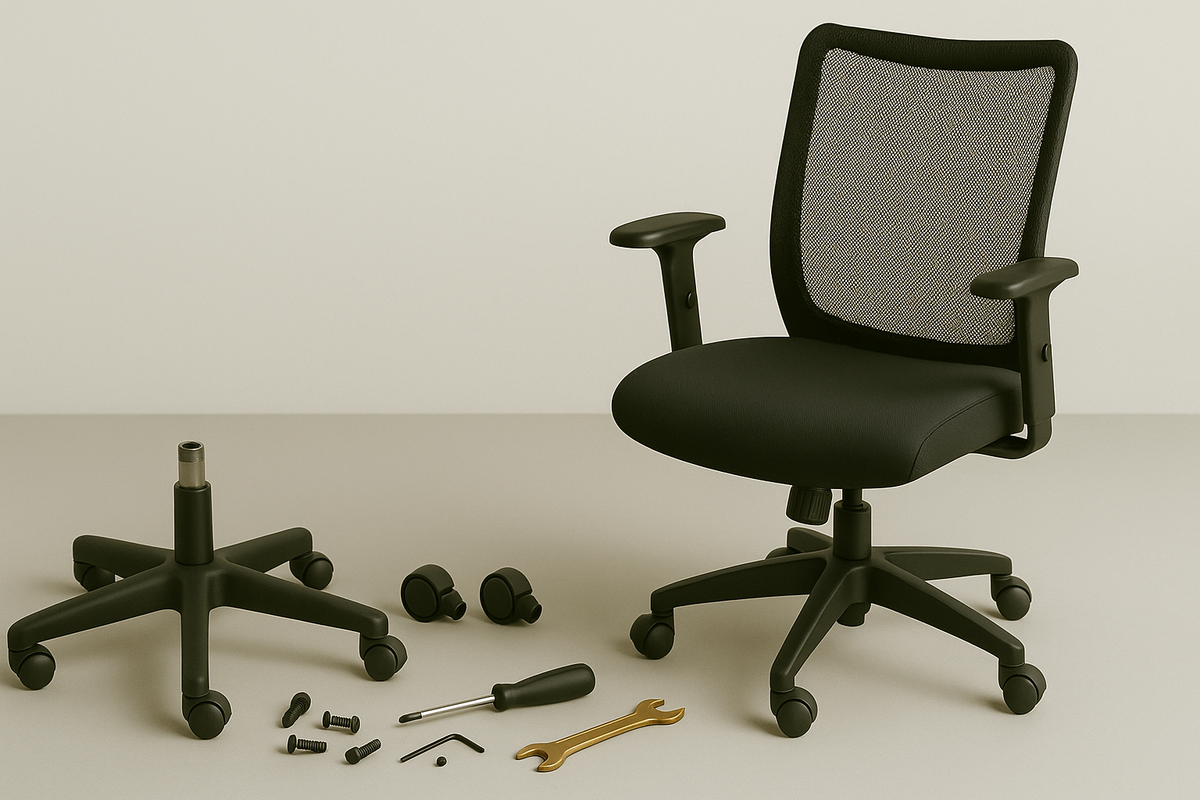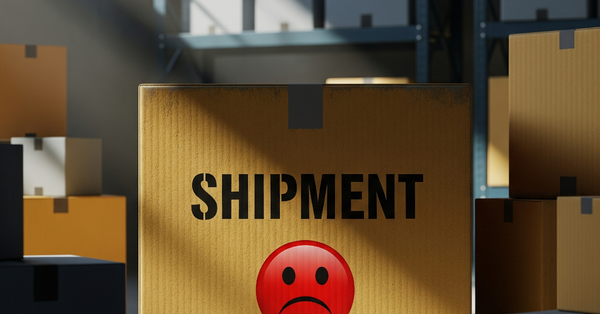The One-Man Business That Outperforms Big Brands in CX
Learn how a Nigerian chair repair service turned a simple job into a masterclass in customer experience, offering vital lessons for large organisations.

A few weeks ago, I was on the verge of spending a small fortune on a new ergonomic chair. The hydraulic lift on my old one had stopped working, and I couldn’t adjust the height anymore. But before I gave in to the idea of buying a replacement, I paused. Surely, there had to be a way to repair it?
I asked around: family, friends, and colleagues. The responses were either “No o” or vague promises to “get back to me” that never materialised. You’ve probably been there.
That night, I remembered a business idea my team and I once pitched during a training programme: a platform to help people easily find skilled artisans. We never built it, but if we had, it would’ve solved my problem.
Then I thought, "Wait... can’t I just Google it?"
So I opened Google and typed "office chair repairer near me." A few results came up. The one at the top was a business called Chairs Medic — close to my location, with a 4.9-star rating from over 100 solid reviews. I made a mental note to reach out in the morning.
From Search to Solution Before Lunch
At 9:40 AM the next day, I sent Chairs Medic a WhatsApp message describing the problem. Abayomi, the founder, had picked up my earlier call but was in a noisy environment and had asked to continue the conversation via chat.
Three minutes later, he replied, asking for photos or a video and my location. I sent them promptly. At 10:05 AM, he responded with a diagnosis and an invoice. "I can come right now if you’re ready," he added.

There was one small hitch: the service listed on the invoice didn’t match what I thought I needed. I pointed it out. He explained, clearly and patiently, that what I had described wasn’t the issue, but he knew what was wrong and what it would take to fix it. I appreciated the clarity. That’s managing expectations, not just giving quotes.
I asked for a discount (because, well... Nigerian instinct).
He gave me a small one immediately. At 10:32 AM, he confirmed he’d arrive before noon. And by 11:28 AM, he messaged again: "I’m close."
More Than a Repair Job
He showed up on time. He was polite, professional, and prepared. He got to work.
Partway through the repair, he got injured. Not a major injury, but still — the kind of injury that would make most people stop or delay the job. He didn’t. We cleaned the wound, and he carried on without fuss. By 12:18 PM, the job was done.
Exactly three hours later, he messaged me again to thank me for my patronage and request a Google review. I was more than happy to leave one. Because what I had just experienced was not just good service, it was a complete customer experience (CX).
From discovery to resolution, from communication to follow-up, this one-man business delivered an experience that many large organisations with big budgets still struggle to replicate.
The Experience Was the Product
So often, we confuse customer experience with customer service. But they’re not the same.
Customer service is a single interaction. Customer experience is the entire journey: how easy it is to find you, how clearly you communicate, how well you keep your promises, and how you make people feel.
Chairs Medic didn’t have a Customer Relationship Management (CRM) system. But he had something more important: digital visibility. He showed up at the top of a Google search, complete with a visible website and contact options. His WhatsApp Business profile had everything I needed to move forward confidently. In today’s market, a digital presence is crucial.
He met expectations when he arrived on time. He exceeded expectations by working through discomfort to finish the job. He respected my time, offered expert guidance, and followed up with gratitude.
A Conversation with the Founder of Chairs Medic
After the experience, I reached out to Abayomi to thank him and asked a few questions. His answers were simple, yet profound.
When I asked what drives him, he said:
“I have a passion for solving people’s problems. I looked around and saw that many people don’t know chairs can be repaired. I’d see them thrown out with small issues, and I thought, this can be fixed. I want to help people save money.”
Even though he also sells chairs, he regularly encourages potential buyers to try repairs first. That’s not a typical business move. But it’s the kind of integrity that builds trust.
When I asked how he came up with the name "Chairs Medic," he told me:
“A medic is a doctor. If we have doctors for humans, why not doctors for chairs?”
There’s a clarity and intentionality in that thinking — the kind that many brands spend months in strategy rooms trying to find.
So, What Made This an Exceptional Experience?
When you map the journey using KPMG’s Six Pillars of CX Excellence, Chairs Medic checks every box:
- Integrity: He did what was right, not what was most profitable.
- Resolution: He diagnosed and fixed the real issue in one visit.
- Expectations: He set a clear timeline and beat it.
- Time and Effort: I found him easily online, the process was smooth, and there was no friction.
- Personalisation: He addressed my specific concern, not just a generic symptom.
- Empathy: Even with a minor injury, he carried on with grace and respect.

What makes this story even more impressive is that his business naturally reflects many of the practices you'd find in a CX playbook. Without reading the manual, he embodies it.
CX Is Good Business, Not Just Good Vibes
According to ClearAction's CX Money Metrics Model (as shared by Lynn Hunsaker on LinkedIn), great experiences create value on both sides. So I wondered what we both gained:
- For me, the customer, I gained time, clarity, peace of mind, and a working chair.
- For him, the business owner, he gained payment, a public review, and now this article.
That’s what happens when experience becomes the product; the best experiences convert customers into brand advocates, saving your business money on marketing spend.
The Gold & Gaps Verdict
Every Gold & Gaps story ends with a simple question: Where’s the gold, and where are the gaps?
In this case, the gold is everywhere. From digital visibility to expert delivery, Chairs Medic turned a simple repair job into a full-on masterclass in experience.
And the gaps?
Well, they’re not flaws — just signals of what more might be possible.
What Could Take This Experience Even Further?
- Systemised Follow-up: A quick post-service feedback form (even via WhatsApp) could help him gather insights at scale, not just reviews.
- Content-as-Education: Simple posts or short videos showing “what can be repaired” might help shift more mindsets and drive demand.
None of these are urgent fixes. They’re just the kind of enhancements that can evolve a great experience into an unforgettable one, especially as the business grows.
If a solo artisan can deliver this level of experience without a team, a CRM, or formal CX training, what’s stopping the rest of us?
Customer experience isn’t about size or tools. It’s about mindset. And the good news? It’s not rocket science.
It’s care. It’s clarity. It’s showing up. In this case, it was also... a repaired chair I sat in to write this.



